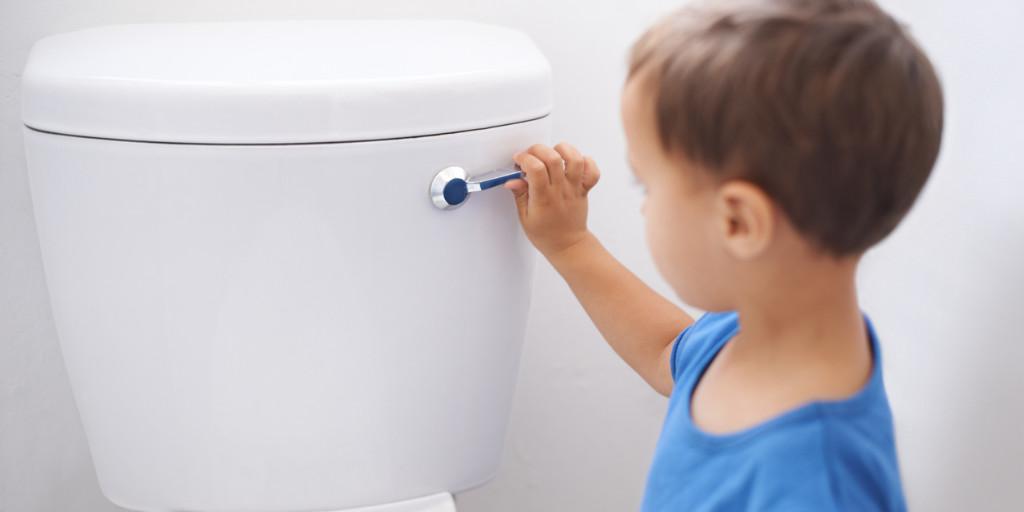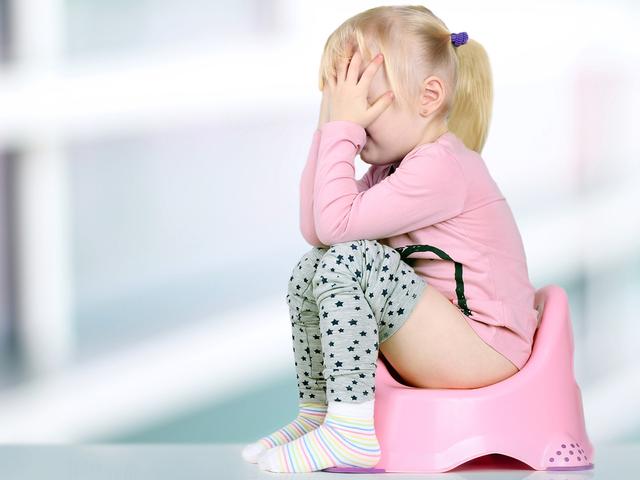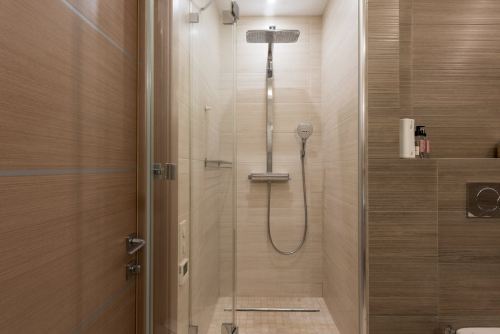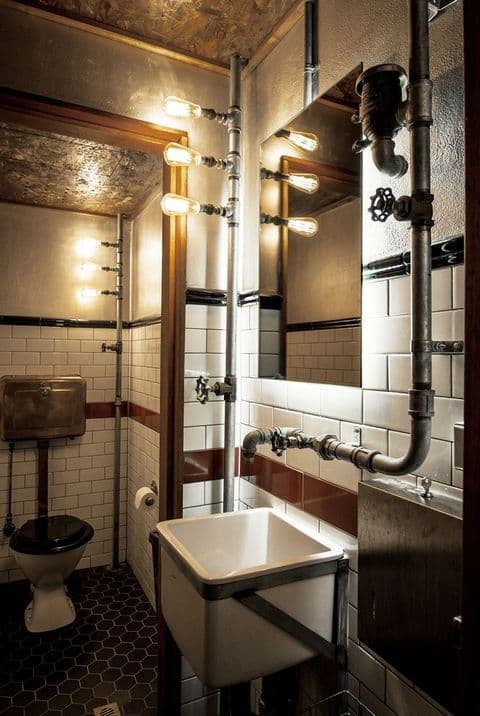Poop Anxiety: What To Do If Your Kid Is Holding It In (Ouch!)
Everybody poops. There are even books about it for kids and adults alike. But what happens when they can’t? And by they, I mean kids. And by can’t, I mean won’t.
I know that being constipated is a real issue; there are meds for that. If your kid’s stomach is upset because they’ve not taken a dump in a few days, okay, give them some prune juice or some bananas or some oatmeal, find a food that will get things moving, and send them to the toilet. If that doesn’t work, call your pediatrician’s office and see what they advise because perhaps it’s time to look at other reasons as to why they’ve not pooped. Your kid might have something altogether different going on.
What happens when your kid doesn’t poop for a prolonged amount of time?
If your little human doesn’t poop, in an article in Fatherly, writer Lauren Vinopal says, “When you hold poop in, stool travels from the rectum back up to the colon, allowing the water in the stool to reabsorb into the body. Poop, sans water, lives on in the colon as a thoroughly unwelcome guest. Should’ve kicked it out when you had the chance.” If poop doesn’t get released, it stays in, leading to constipation which can lead to a whole host of other issues from hemorrhoids to rectal prolapse, when the intestines push their way out through the anus.
How often should your kid go to the bathroom? Every single day. Kids (just like adults) should poop every day, or at least every other day — and if one goes longer than three days, it is considered constipation. An article from the University of Utah shares one way to treat constipation: “Thirty minutes after you eat, the new food is trying to make its way on down, and your brain tells your large intestines okay, time to get the old stuff, time to poop. So, 30 minutes after you’re done eating have your child go sit on the toilet. That’s when your body is going to want to have a bowel movement.”

Some kids have anxiety when it comes to pooping after constipation. Their stomach hurts and they may even feel nauseous. They feel uncomfortable (how could they not?) You’ve tried stool softeners. You’ve tried laxatives. You’ve tried new foods, increased their fruit and veggie intake, and nothing. That means your kid might have poop anxiety. With just one bad experience — pain with pooping, for example — some kids just are too scared to sit back on the toilet and relive that experience.
Now what do you do if you’re going through this? If you’ve taken your kid to the pediatrician, or at minimum, called the pediatrician to discuss the issue of stool withholding, and nothing is medically wrong, then it’s a waiting game. It’s not a fun waiting game, but it is a wait nonetheless.
How to tell if it’s anxiety or something else?
You don’t. Once you rule out any medical reasons why they aren’t pooping — if your kid is between the ages of two and four years old and can pee in the toilet but typically will not poop — it’s called stool withholding. It might be a case of their feeling the pressure of potty training, and worrying about being successful at this whole new world of sitting on the toilet and transitioning out of diapers or training pants.
If your kid is at home potty training, making them as comfortable as possible while they poop can alleviate poop anxiety. A potty seat could make sitting on the toilet less anxiety ridden. Another important thing is to make sure their feet are at a good height for the toilet. Having a stool under their feet will make them strain less, and pooping will feel a lot more comfortable.
My kids, who are now six years old, will not go poop in school and they will hold it in the entire day until they get home. One article, called Pooping Anxiety and Stool Withholding In Children, states, “Causes of bathroom anxiety can be something as straightforward as not liking the toilet paper to fear of missing out on something if they leave to use the bathroom. Some children are too shy to ask to use the bathroom in front of a group of people, and won’t ask to go even when the urge is strong. It’s important to talk to your child about why they are reluctant to use the bathroom, as they may be easily solvable. Your child also may not be able to tell you specifically what is creating their anxiety.”
At school, they are out of their comfort zone, and let’s be real — have you seen the bathroom used by five- and six-year-olds? I would have anxiety about going there too.
So, what do you do if it’s anxiety or fear?
In a piece for Parents, writer Zlata Faerman talks about how she had her four-year-old son explain what pooping felt like to his teenage cousins. By having her son explain, he felt like he was helping and “he’d become proud and want to go himself.” She claimed it “worked like a charm.”
The same you’d do for yourself. Be patient. Be understanding. Be consistent and give them frequent chances to just sit on the toilet. Try alternatives to make the experience easier physically (and consequently less frightening), like changing their diet, increasing their intake of fiber-rich fruits and veggies, and giving them more water. But the best thing you can do during these times is to be patient. Their toilet anxieties may seem trivial to you, but to little people, it can be a big hurdle to overcome.
This article was originally published on



